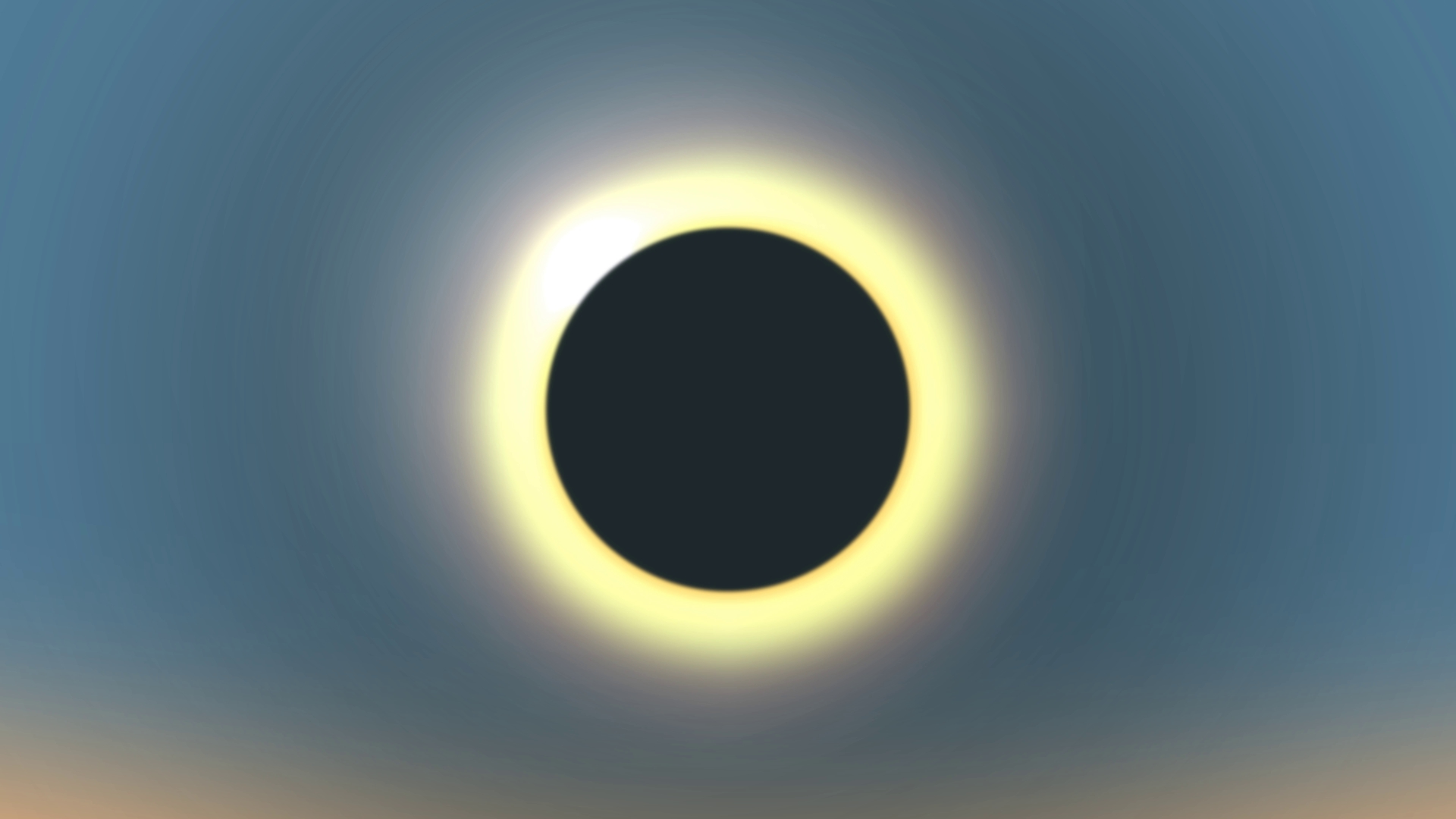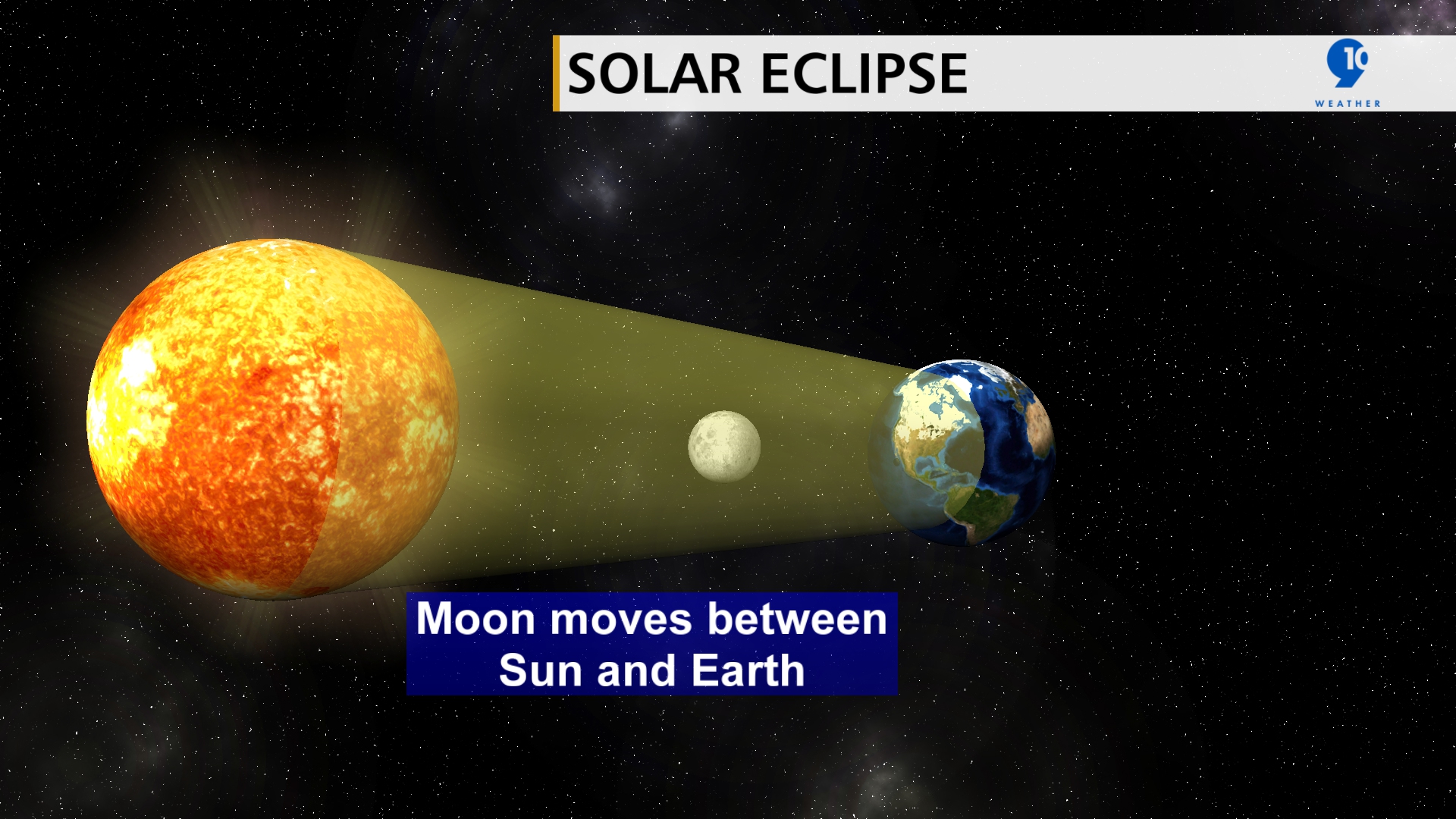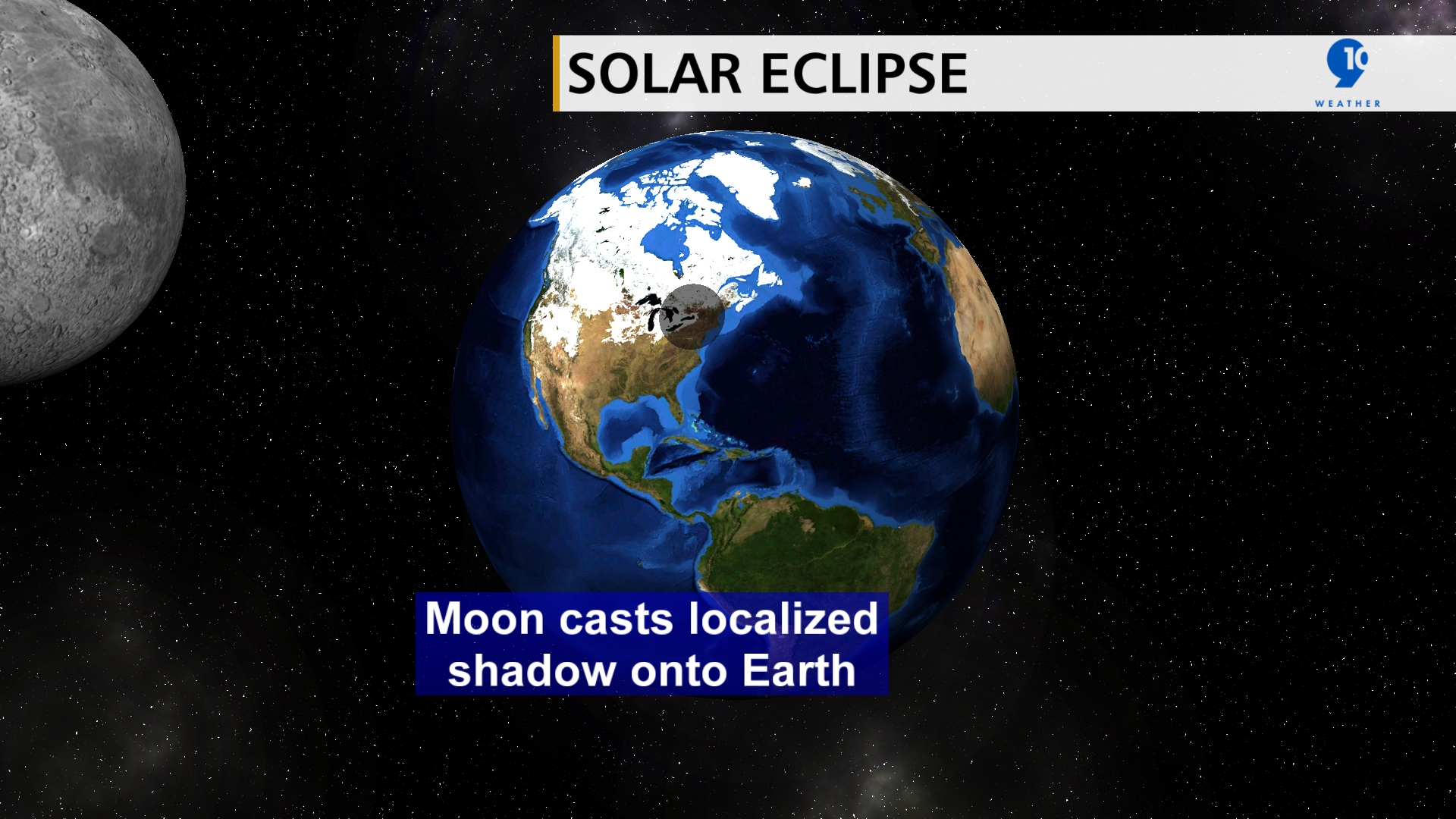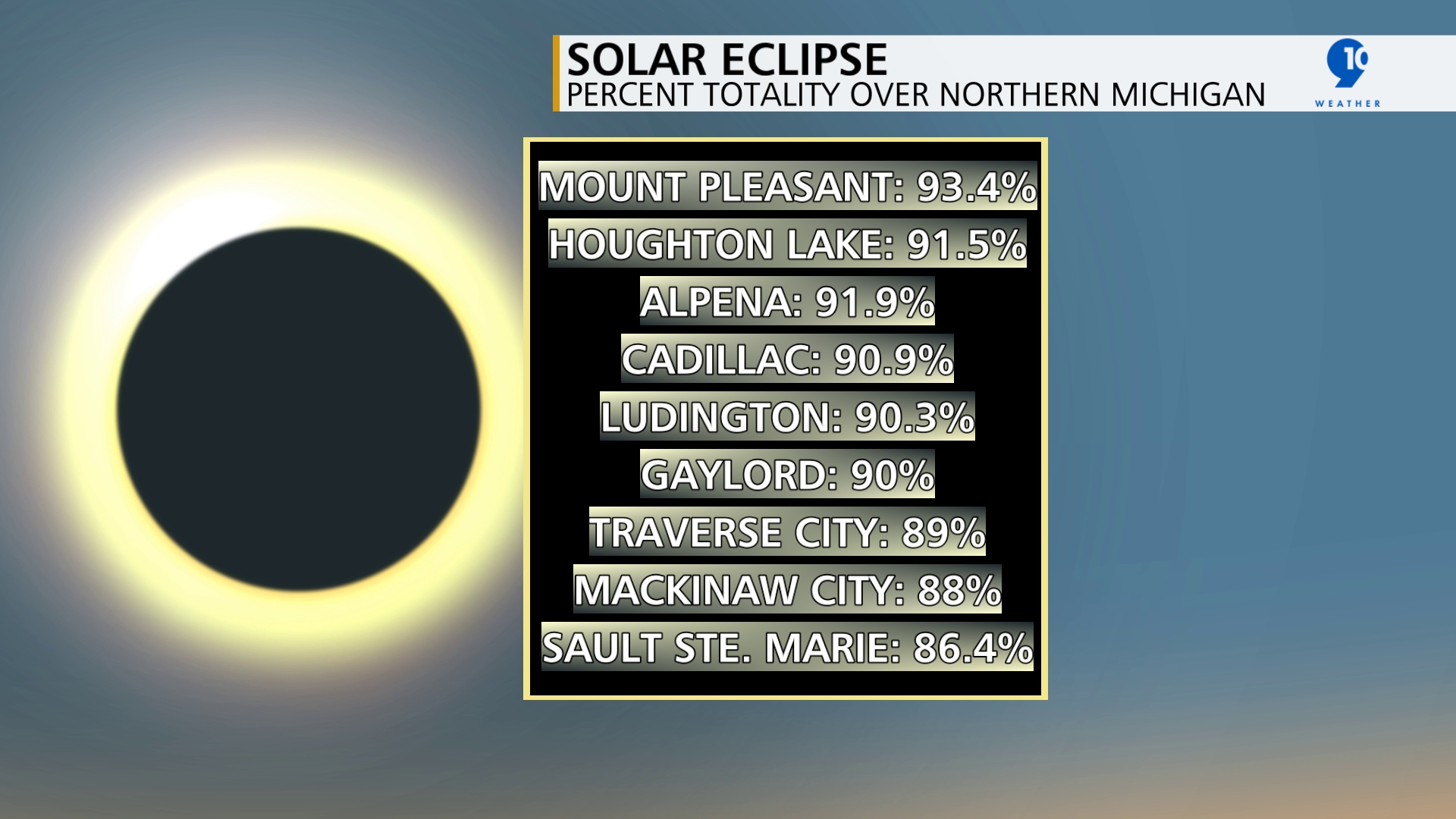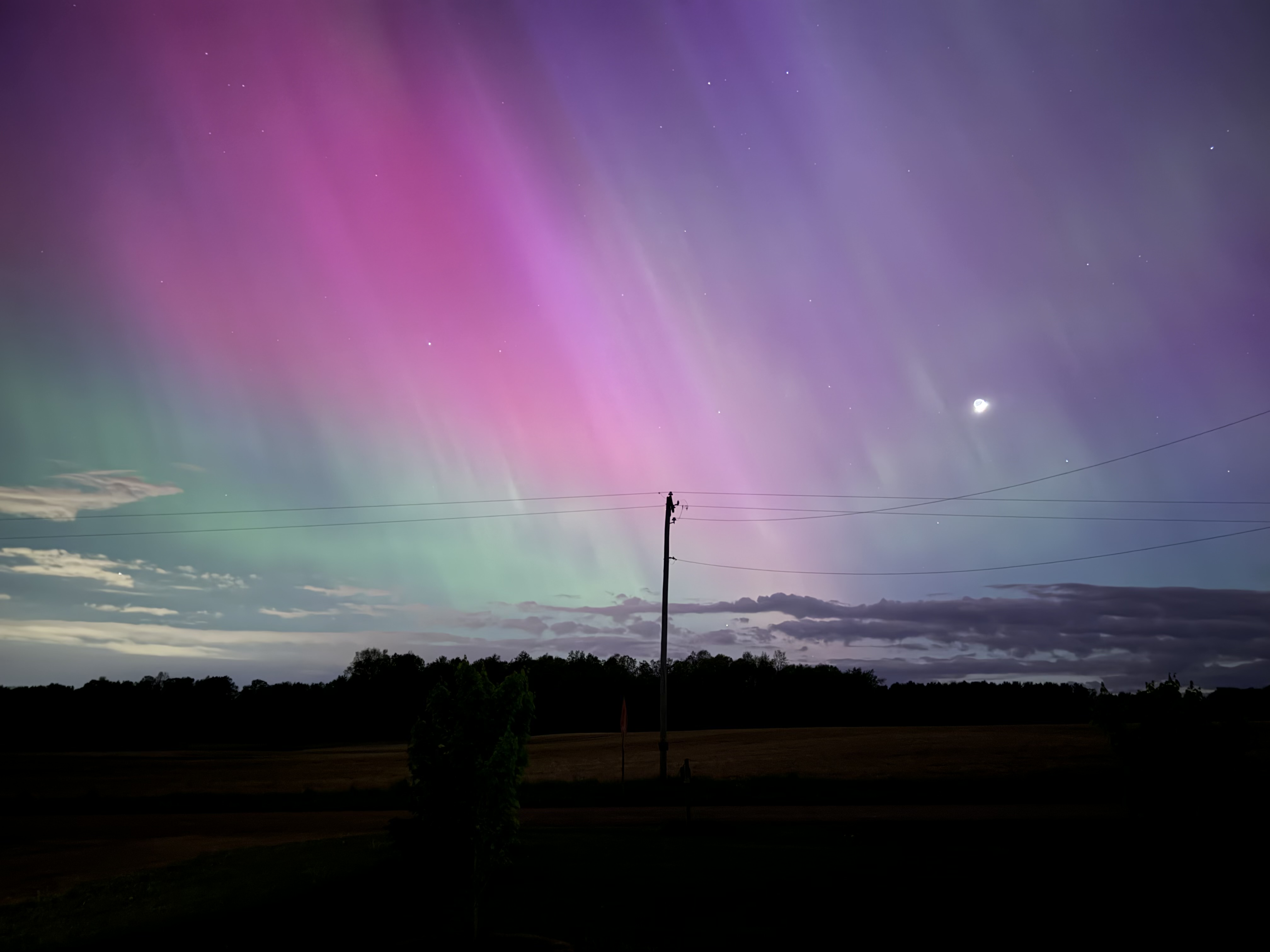What is a solar eclipse?
A total solar eclipse occurs when the moon passes between the sun and the Earth. This causes the moon to completely obscure the sun and exposes the sun’s corona (the outermost part of the suns atmosphere, which is normally blocked from view due to the sun’s brightness). If you are lucky enough to be in the path of totality during a total solar eclipse you will experience night-like darkness once the eclipse reaches full coverage.
What is the path of totality?
The path of totality is the path of the moon’s shadow across Earth’s surface and is considered the area in which 100% of the sun is blocked out by the moon. In these locations, when totality occurs it is the only stage of the eclipse that can be viewed with the naked eye. Elsewhere, viewers will still experience the eclipse, however, they will see only parts of the sun blocked out rather than the entirety. People in the path of totality can expect to see something similar to what is pictured below.
When is the 2024 solar eclipse?
This year the total solar eclipse will occur on April 8 and is expected to begin around 2:00 p.m. here in Northern Michigan with maximum coverage occurring around 3:10-3:15 p.m.
Where is the solar eclipse happening?
This year’s solar eclipse will stretch across North America passing over Mexico, the U.S., and Canada. The path of totality for the U.S. starts in Texas heading Northeast to Arkansas, Illinois, Indiana, Ohio, New York, in Northern Maine. The path of totality starts in Texas at 2:30 p.m. EDT, reaches far southeast lower Michigan around 3:13 p.m. EDT, and leaves Maine at 3:35 p.m. EDT
What will you see locally?
Here in Michigan, only a very small sliver of the southeastern part of the state will be in the path of totality. However, Northern Michigan is expecting the majority of the sun to be blocked out. Most portions of Northern Michigan are expected to see anywhere from 85-95% coverage. The general rule of thumb for this eclipse is that the farther south and east you are in Michigan, the more coverage you will see.
How can I view the eclipse?
All you have to do is head outside your door to view the eclipse, but you will need an important piece of gear! The American Astronomical Society recommends you use solar eclipse glasses for the entirety of the solar eclipse experience. Since Northern Michigan will only see a partial eclipse, you must protect your eyes. These glasses can easily be purchased online. The American Astronomical Society has a list of reputable retailers here: https://eclipse.aas.org/eye-safety/eyewear-viewers
What is the current weather forecast for the Eclipse?
Historically, April tends to be a cloudy month for Northern Michigan. The percentage of time that the sky is overcast or mostly cloudy generally sits at 55% throughout the month, meaning it is cloudy more times than it is not. As of April 5, the forecast has clouds but some clearing for those areas South of Houghton Lake. Stay up to date on the latest forecast with your Doppler 9&10 Weather Team to find out what the weather will be like for the eclipse this year: https://www.9and10news.com/weather/
Related video:
